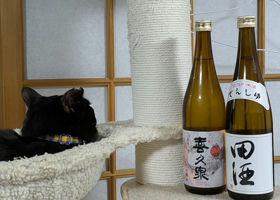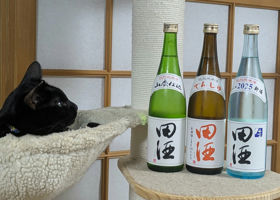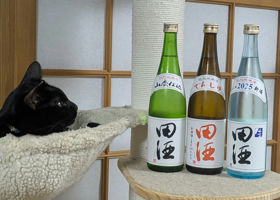

うぴょん(豊盃こそ至高)
Ingredients: Rice, rice malt, brewer's alcohol
Alcohol content: 17
Sake meter: around +13.0
Acidity: 1.2
Rice type:Yamadanishiki
Rice polishing ratio:40
Huh? I thought Santa Bakuren didn't release it in a four-pack bottle? Well, anything is fine as long as you can drink it! Let's go for my favorite dry sake!
The sweet aroma of bananas wafts through the air. Is this Daiginjo, as it should be? It has a smooth and soft mouthfeel, with sweetness, but more than that, umami and bitterness can be tasted beautifully without any clutter. And the strong and wonderful sharpness keeps you from getting tired of drinking it. It is a quintessential Hakeren! This dry sake is delicious! Thank you again for this evening!
Japanese>English




































